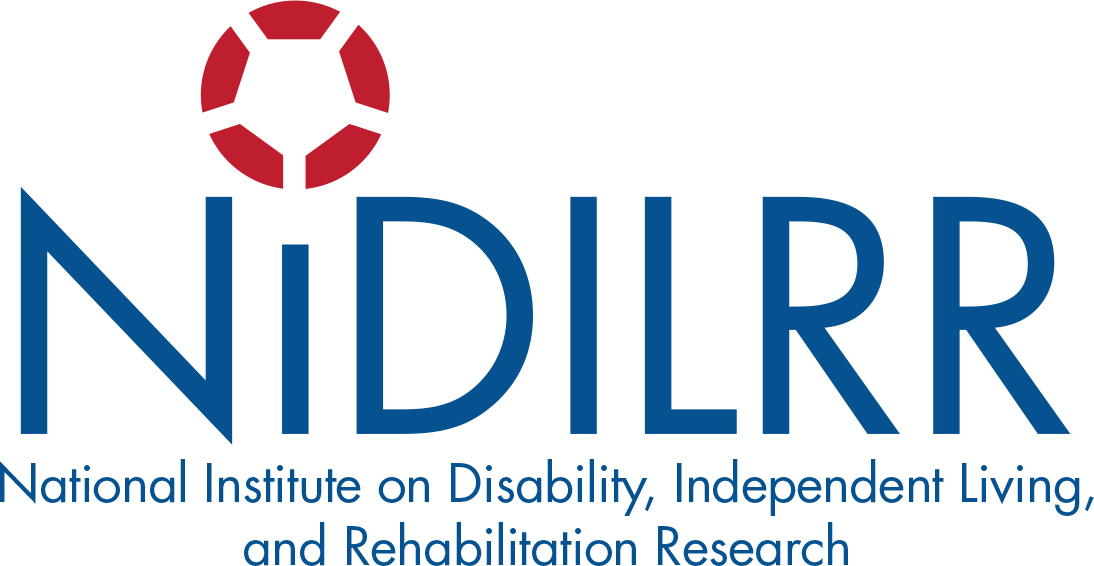Compared to the able-bodied population as a whole, however, major depression is estimated to occur with greater frequency among those with SCI . Estimated rates of major depression or probable major depression following SCI range from 7% to 31% of persons, with estimates of major depressive disorder typically reported in 11%-23% of individuals.
Common factors associated with Depression in SCI
- an increase in incidence of secondary complications following SCI;
- time spent in bed;
- increased medical expenses.
- limited social support;
- poor coping skills; and
- a history of depression or other psychological disorder prior to their injury.
Assessment & Diagnostic Considerations
Treatment Considerations
References
Depression Following Spinal Cord Injury (PDF), Clinical Practice Guideline published by the Paralyzed Veterans of America and the Consortium for Spinal Cord Medicine.
Bonanno GA, Kennedy P, Galatzer-Levy IR, Lude P, Elfström ML. Trajectories of resilience, depression, and anxiety following spinal cord injury. Rehabil Psychol. 2012 Aug;57(3):236-47.
Schönenberg M, Reimitz M, Jusyte A, Maier D, Badke A, Hautzinger M. Depression, Posttraumatic Stress, and Risk Factors Following Spinal Cord Injury. Int J Behav Med. 2012.
Bombardier CH, Richards JS, Krause JS, Tulsky D, Tate DG. Symptoms of major depression in people with spinal cord injury: implications for screening. Arch Phys Med Rehabil 2004;85:1749-1756.
Elliott TR, Frank RG. Depression following spinal cord injury. Arch Phys Med Rehabil 1996;77(8):816-823.
American Psychiatric Association: Diagnostic and Statistical Manual of Mental Disorders, 4th Edition, Text Revision. Washing ton DC, American Psychiatric Association, 2000.
Tate DG, Forchheimer MB, Maynard F, Dijkers M. Predicting depression and psychological distress in persons with spinal cord injury based on indicators of handicap. Am J Phys Med Rehabil, 1994;73:175-183.
Herrick S, Elliott TR, Crow F. Social Support and the prediction of health complications among persons with spinal cord injuries. Rehabil Psychol 1994;39:231-250.
S Mehta, S Orenczuk, K T. Hansen, J L. Aubut, S L. Hitzig, M Legassic, R W. Teasell. An Evidence-Based Review of the Effectiveness of Cognitive Behavioral Therapy for Psychosocial Issues Post Spinal Cord Injury. Rehabil Psychol. 2011 February; 56(1): 15–25.
